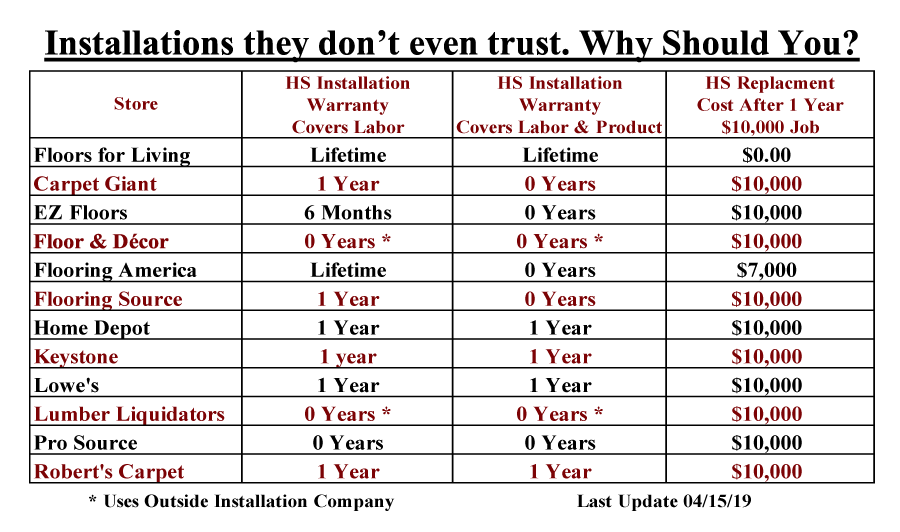1. Look for 12 mm laminate which is 100% thicker than the older and often sold 6 mm & 50% thicker than the most common 8 mm Thicker laminate is more dimensionally stable and less likely to warp. Warping causes the locking system to open up, absorb moisture and fail. Thicker laminate has a stronger locking system and also has a better more solid sound.
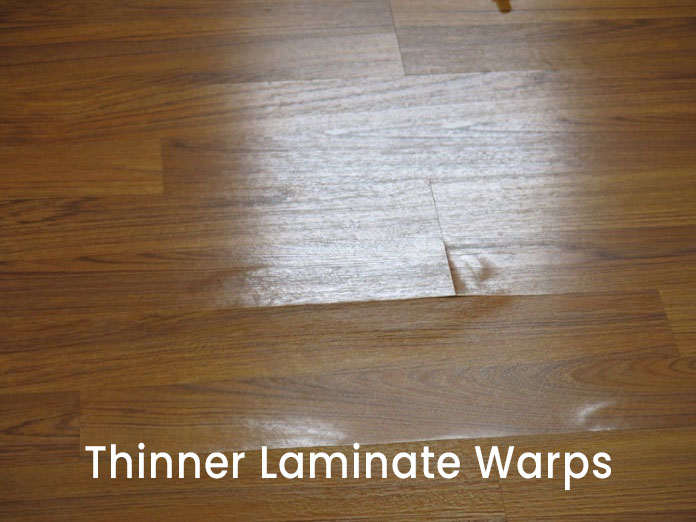
2. Do not choose a laminate with an attached cushion. You will still need a moisture barrier (extra expense) if you are on concrete. The attached cushion laminate can also create weak spots when the attached cushion does not fully cover the laminate at the edges where they click together
3. Do not purchase a laminate until you find its industry-standard Abrasion Coefficient “AC” Rating. You should purchase a laminate AC3 rating or higher which is approved for all residential uses. The rating scale is from AC1 to AC5 and indicates a laminate floor’s durability. The rating is performed by an independent company, and all reputable manufacturers use this rating for their laminate floors. To assign the AC rating, a series of tests are carried out in order to assess each line of laminate flooring for resistance to burns, scratches, stains, and impact. These tests also examine the effects of furniture legs, castors, and thickness swelling along flooring edges.
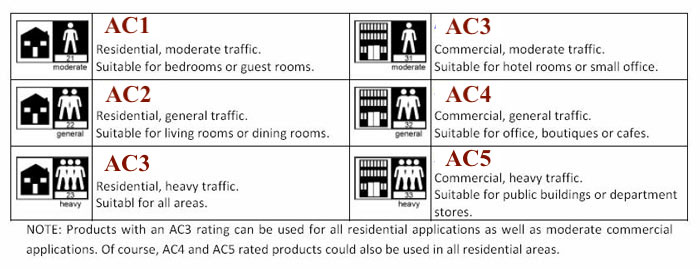
4. If your flooring is exposed to topical moisture look for laminate that claims to be moisture resistant. Many achieve this by adding wax to the locking system. For the best moisture-resistant laminate choose one with a warranty. Make sure that you understand the products and the methods required to clean your laminate so as to not void your warranty.
5. Request that the installer use the new often required Topical Moisture Proof Installation Method to protect the cut edges from water damage caused by spills and water from outside doors. Failure to use this may result in the manufacturer’s warranty being voided.
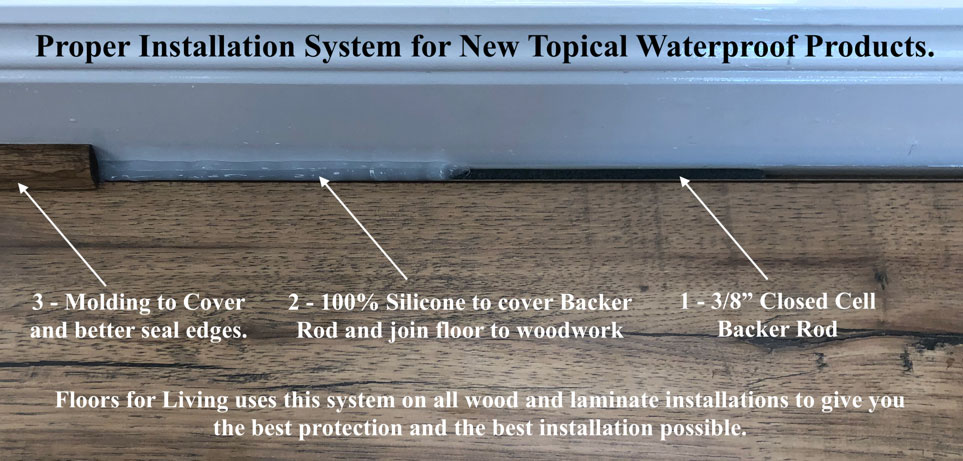
6. When it comes to a cushion under your laminate choose a breathable moisture barrier. Non-breathable moisture barriers cause mold and mildew under your floor.

7. Don’t sign an Open Order. Knowing what you will pay prior to the installation starting is superior to someone else deciding what you will pay after it started. People under the pressure of having their home being torn up will be more willing to agree to large additional charges. Signing an order with the possibility of the price changing once the installation has begun is like signing a blank check for a stranger to fill in at a later date.
Demand a Closed Order – an order that cannot change once the job begins.
8. Don’t accept an Inferior Installation Warranty. Installation warranties that cover ONLY the initial labor can cost you 80% of your original investment if there is a problem. Demand a warranty that covers both the installation and the product needed to fix installation-related problems.
9. Don’t pay extra for Float or Leveler to reduce highs and lows on your floor once the job begins. It is part of a normal installation. It is used on 95% of wood, luxury vinyl, and laminate installations and should be part of the original agreed-upon price. Many stores, including the box stores, add on an additional cost of around $1.75 per square foot after the job begins. This is added on if there is a change of only ¼” in the floor height. The Angie’s List review to the right shows a store that charged $2,500 extra or $6.66 extra per square foot on a 375-sf installation after the job began. It was hidden in the sales process by talking about a price per bag. For most stores, It isn’t how much float you need to do the job correctly but rather how much they need to make up their desired profits. Demand a price that includes the Float or Leveler and does not change once the job begins.
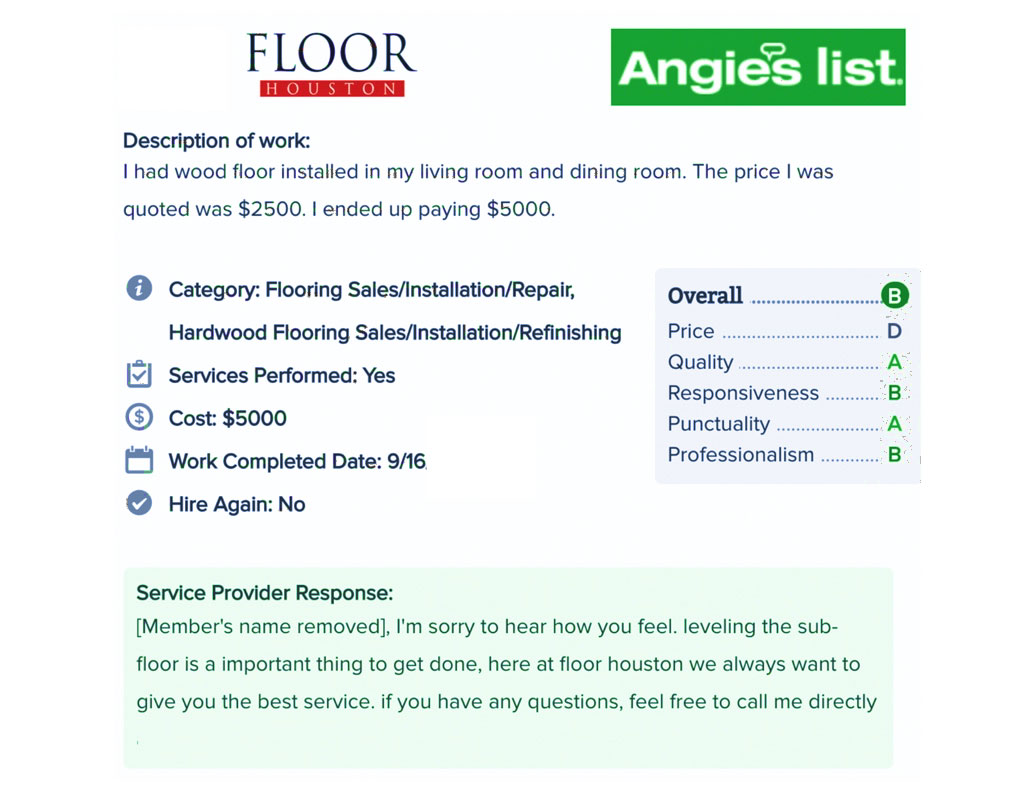
10. Don’t accept a Short-Term Installation Warranty. Improper installation issues will show up during the seasonal changes of heat and humidity. It can take up to 2 years or longer to expose installation shortcomings. Short-Term Installation Warranties can expose you to unneeded financial risks. The length of a company’s installation warranty reflects their confidence of not having to pay for installation problems in the future. Their confidence or lack thereof is created by the quality of the products and methods used in the installation.
